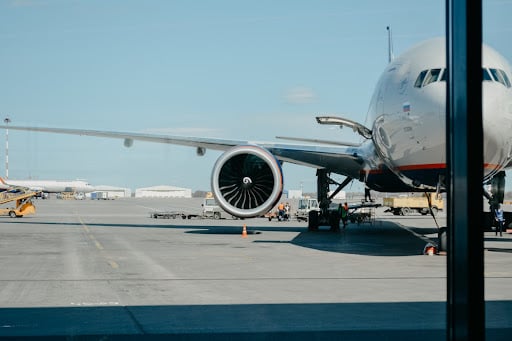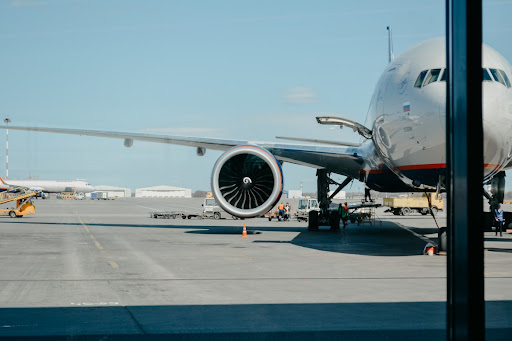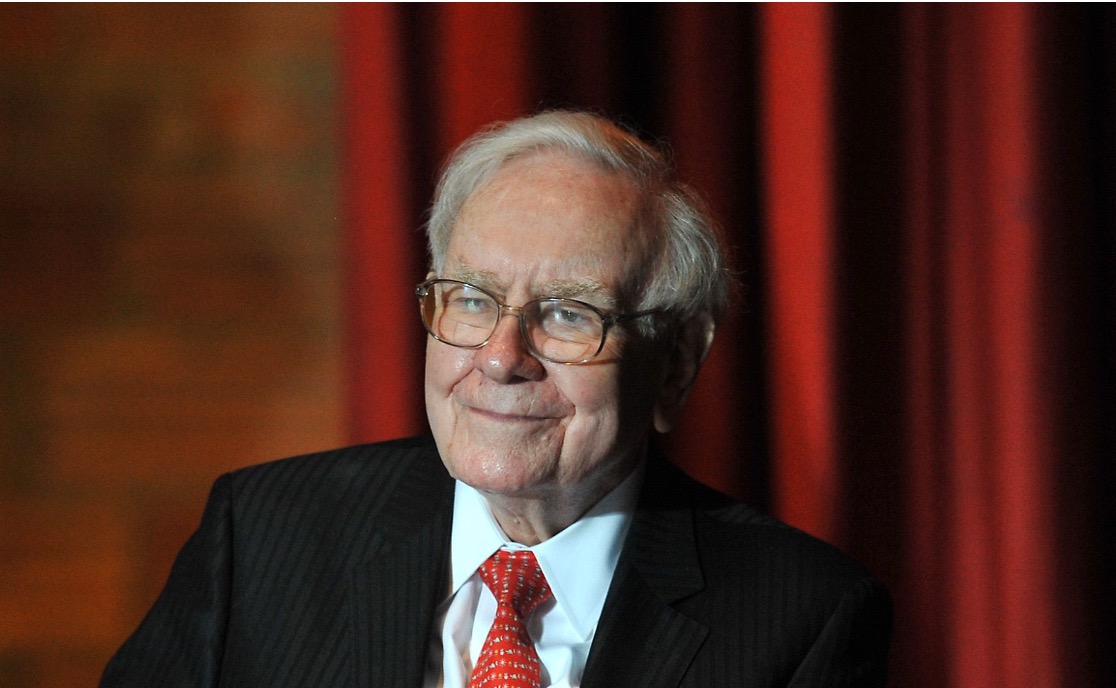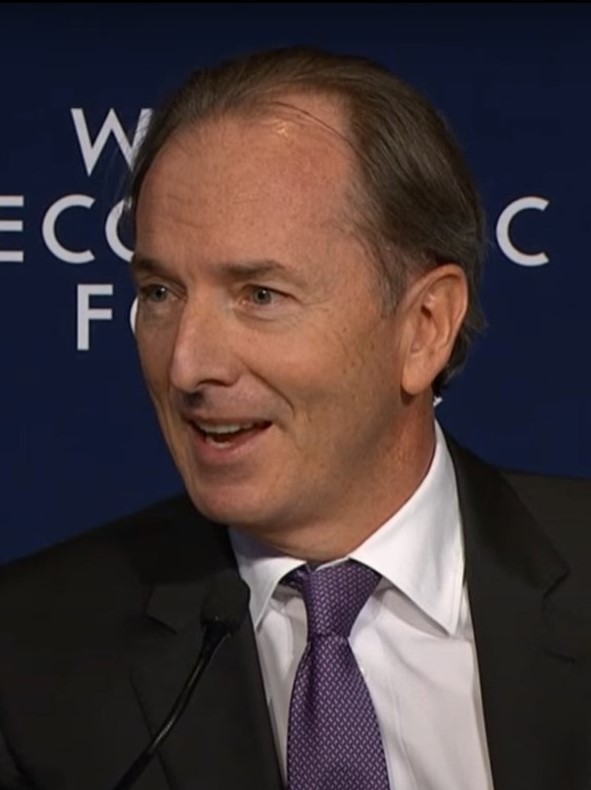
In an era where climate change and environmental sustainability are at the forefront of global concerns, industries across the board are reevaluating their practices to minimise their impact on the planet. The aviation industry, known for its significant carbon footprint, is no exception. Sustainable aviation has emerged as a pivotal concept, driving innovation and reshaping the way we approach air travel. In this article, we’ll explore how sustainable aviation transforms the industry and paves the way for a greener future in the skies.
Understanding Sustainable Aviation
Sustainable aviation encompasses a range of practices aimed at reducing the environmental impact of air travel. This includes initiatives to minimise carbon emissions, improve fuel efficiency, and mitigate noise pollution. Sustainable aviation seeks to strike a balance between meeting the growing demand for air travel and preserving the environment for future generations.
Innovations in Sustainable Aviation Technology
One of the most significant developments in sustainable aviation is the emergence of alternative fuels. Sustainable aviation fuels (SAFs) are derived from renewable sources such as plant oils, algae, and waste materials. Unlike traditional jet fuels, SAFs produce fewer greenhouse gas emissions and can help reduce the industry’s reliance on fossil fuels. Airlines and aircraft manufacturers are increasingly investing in research and development to scale up the production and adoption of SAFs.
Furthermore, aircraft design and technology advancements are driving improvements in fuel efficiency and emissions reduction. Modern aircraft are equipped with more aerodynamic designs, lightweight materials, and fuel-efficient engines, resulting in lower fuel consumption and reduced carbon emissions per passenger mile. From next-generation airliners to electric and hybrid propulsion systems, sustainable aviation technology is pushing the boundaries of innovation and efficiency.
Industry Initiatives and Collaborations
Sustainable aviation is not just about technological advancements; it also requires collaboration and collective action across the industry. Initiatives such as the Carbon Offsetting and Reduction Scheme for International Aviation (CORSIA) and the Sustainable Aviation Fuel Users Group (SAFUG) bring together airlines, manufacturers, governments, and environmental organisations to develop and implement strategies for reducing aviation emissions. These collaborative efforts are essential for driving systemic change and accelerating the transition to a more sustainable aviation industry.
Moreover, airlines and airports are implementing various initiatives to reduce their environmental footprint and promote sustainability throughout their operations. From investing in energy-efficient infrastructure and renewable energy sources to implementing waste reduction and recycling programs, stakeholders across the aviation sector are embracing a holistic approach to sustainability.
Consumer Demand for Sustainable Travel
Consumer demand for sustainable travel options is also driving airlines to prioritise environmental responsibility and transparency. Passengers are increasingly choosing airlines that demonstrate a commitment to sustainability, prompting carriers to invest in green initiatives and communicate their environmental efforts to customers. From offering carbon offset options at booking to reducing single-use plastics onboard, airlines are responding to consumer preferences and leveraging sustainability as a competitive advantage.
The Path Forward
While significant progress has been made in greening the skies, challenges remain on the path to sustainable aviation. Scaling up the production and adoption of sustainable aviation fuels, addressing infrastructure limitations, and navigating regulatory frameworks are among the industry’s key challenges. However, the momentum towards sustainable aviation is undeniable, and the industry is poised to continue making strides towards a more environmentally friendly future in the skies.
In conclusion, sustainable aviation is reshaping the aviation industry and driving transformative change towards a greener future. From technological innovations to industry collaborations and consumer demand, stakeholders across the aviation sector are working together to reduce emissions, minimise environmental impact, and promote sustainability. While challenges persist, the commitment to sustainable aviation underscores the industry’s dedication to preserving the planet and ensuring a sustainable future for generations to come.
Interesting Related Article: “









